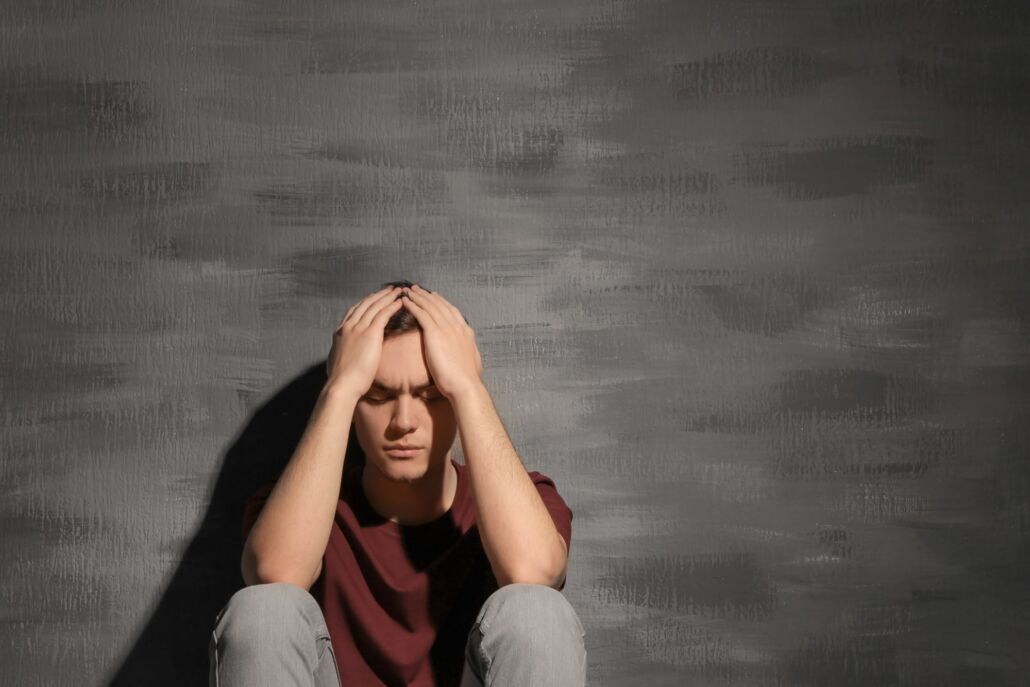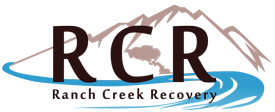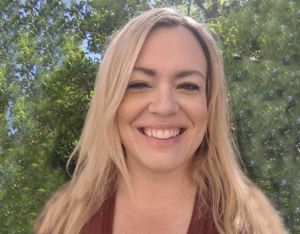Treatment for Depression and Addiction in the Inland Empire
According to the Mental Health Services Administration, approximately 19 million people, or 8% of the population of the United States, struggle with major depressive disorder. While depression is slightly higher in women than men and can affect individuals of all ages, it occurs most often in ages 18 to 25.
Unfortunately, depression and substance abuse often go hand in hand, which is referred to as a dual diagnosis or a co-occurring disorder. Studies have shown that individuals with a history of mental health issues are 25% more likely to turn to substance abuse as a method of coping. Fortunately, depression and addiction are both treatable.
What Is Depression?
Most people see depression as extreme sadness, but it’s more than that. Major depression is characterized by feelings of helplessness that last for more than 2 weeks. Along with sadness, you may lack interest in hobbies and relationships, which can affect your ability to do your job or attend class. Caused by a chemical imbalance in your brain, depression is a serious mood disorder affecting nearly all life aspects. Some of the most common depression symptoms include:
- Feelings of helplessness
- Lack of interest in daily activities
- Extreme fatigue
- Changes in diet, including weight loss or gain
- Difficulty sleeping
- Increased agitation, anger or irritability
- Feelings of worthlessness
- Reckless behavior, including substance abuse
“Ranch Creek Recovery saved my life. I came into RCR lost and broken, trying to get back on track in my life. As a result of this great team of counselors/psychologists, I’ve done more than restore my life; I’ve reached new goals and gained so many life skills that go far beyond just being sober. I love and appreciate all the staff. Know that if you have a willing heart to change, you’re in the right place.”
– Joshua
Get Help with Insurance Coverage for Drug & Alcohol Rehab
Our alcohol rehab program accepts several national insurance plans and is in-network with most carriers including HealthNet, MHN, Anthem BlueCross, Aetna, Cigna as well as others. To verify if your insurance is accepted and check your out-of-pocket costs call Ranch Creek Recovery at (877) 997-8931.



Types of Depression
Depression is a mental health disorder that makes you feel constantly sad and unhappy. While most people do feel sad at some point, if you have depression, you may find this sadness lasts for weeks, months or even years at a time and interferes with life. The good news is that with a proper diagnosis, depressive disorders are completely treatable. Some of the most common types of depression are listed below.
Clinical Depression
Clinical depression is the most common type of depression. Individuals with clinical depression experience mood swings for at least 2 consecutive weeks, are depressed and show a lack of interest in activities. Fatigue, hopelessness and suicidal thoughts are also common depressive symptoms.
Persistent Depressive Disorder
Sometimes referred to as dysthymia, persistent depressive disorder is characterized by major bouts of depression that continue for 2 years or more. While it’s a milder form of depression than clinical depression, it can last much longer and affects each person differently. Common risk factors include a family history of dysthymia and stress within the environment.
Bipolar Depression
Bipolar depression is diagnosed in individuals who experience depressed mood episodes. They may alternate between moments of extreme happiness and moments of extreme sadness or anger. This mood disorder tends to last for hours but can last for several weeks at a time; however, this mental illness typically requires lengthy treatment. There are three types of bipolar depression, and all three can affect relationships, work and school.
Bipolar I
Individuals with bipolar I disorder experience both manic episodes and neutral mood swings. Manic episodes last at least 2 weeks at a time and include a decreased need for sleep, fast speech, racing thoughts, increased activity and risky behaviors. Some people experience hallucinations and disorganized thinking, which leads to hospitalization to keep the person from harming themselves or others.
Hypomanic episodes usually last up to 4 consecutive days but include many of the same symptoms as manic episodes. Hypomanic episodes tend to be less severe than manic episodes and can even cause feelings of pleasure instead of sadness.
Bipolar II
Someone with bipolar II has at least one manic episode and one hypomanic episode. Between each episode, they may feel normal and motivated. Usually, someone with bipolar II disorder has another mental illness, including anxiety or substance abuse.
Cyclothymic Disorder
Cyclothymic disorder is the mildest form of bipolar disorder. Individuals with cyclothymic disorder go back and forth quickly between manic and hypomanic mood swings. These emotional ups and downs usually last for 2 or more years.
Psychotic Depression
Psychotic depression is one of several types of psychiatric disorders. Individuals with psychotic depression experience some form of psychosis, including hallucinations or delusions that create self-doubt and loathing. Often someone with psychotic depression feels out of touch with reality. They may have strange ideas or hear voices that are trying to cause them harm. Other characteristics include lack of hygiene, hypochondria, agitation, anxiety and insomnia.
Seasonal Affective Disorder (SAD)
SAD is a mild form of depression that occurs in winter when individuals have been confined indoors too long due to inclement weather. Some mental health professionals say shorter days and a lack of sunshine cause a chemical change in the brain, leading to unhappiness and depressive thoughts. Typically, SAD disappears when warmer weather arrives. An individual with SAD may experience fatigue, sleep disturbances, lack of interest in hobbies, social withdrawal, irritability and an inability to concentrate.

Depression and Addiction
Individuals with mental disorders often turn to alcohol and drug abuse as a way to cope. While alcohol may temporarily make things better, it’s a depressant that can further complicate mood disorders. Fortunately, depression and substance abuse are treatable after a dual diagnosis; however, it’s not a simple process and requires dedication. If either condition is left untreated, it can further complicate matters and cause a recurring cycle of depression and addiction.
Available Depression and Substance Abuse Treatment Options
At Ranch Creek Recovery, we provide several options for substance abuse treatment and mental health services.
Detox
Detox is the first step in a dual-diagnosis treatment plan. It’s the complete removal of alcohol or drugs from your system when you’ve become used to its presence. After your last dose, you’ll experience withdrawal symptoms, which can be extremely painful and sometimes dangerous. These common symptoms include:
- Anxiety or panic
- Irritability
- Fever
- Nausea and vomiting
- Sweating
- Changes in heart rate and pressure
- Heart palpitations
- Poor appetite
- Tremors
- Seizures
Medically supervised treatment is one of the most effective ways for an individual with a dual diagnosis to detox.
Inpatient Care
At River Creek Recovery, we provide a holistic approach to treatment. Our 30-, 60- and 90-day inpatient treatment plans are individually customized. When you arrive at the facility, you’ll undergo a comprehensive assessment that helps determine your path for treatment. During inpatient care, you’ll participate in talk therapy, medication-assisted therapies, health and fitness, meditation, acupuncture, equine therapy and healthy meal plans.
To address drug and alcohol abuse, we use either cognitive behavioral therapy (CBT) or dialectical behavior therapy (DBT), which are both talk therapy options.
Cognitive Behavioral Therapy (CBT)
CBT is a method that helps change your thought patterns from negative ones to positive ways of thinking. You’ll gain insight into how your behavior affects you and others and explore ways to use problem-solving skills to solve issues instead of turning to substance abuse. CBT also helps create confidence in your own abilities.
Dialectical Behavior Therapy (DBT)
DBT employs both CBT and behavioral therapy to help you improve your mood through healthy coping mechanisms. You’ll learn how to convert negative thinking patterns into positive ones and discover ways to turn away from destructive behaviors, like substance abuse, and turn to positive behaviors, like hobbies and interests.
Outpatient Treatment
Depending on the severity of your condition, outpatient treatment may be an acceptable form of treatment for your mental health and substance use disorders. This type of treatment lets you return home each night and come back to the facility for set hours during the week. The program is flexible, letting you choose between day and night hours, which is ideal if you need to maintain your work or school schedule.
Outpatient treatment for mental health conditions typically involves support groups and individual therapy and may include aftercare to address your mental health needs or substance abuse disorder.

Admissions
Once you’ve decided that a non-12-step treatment program is right for you, you’ll speak with one of our intake counselors, who’ll walk you through each stage of the intake process. We accept many types of insurance plans and offer additional financing for those who qualify. During your call, we’ll also schedule your admission date and walk you through a checklist of acceptable items you may bring with you.
If you or a loved one is struggling with depression and substance abuse, our dual diagnosis program can help. We can help you heal from drug and alcohol abuse and offer help with mental health disorders. Contact us today for more information.









